- Solicitați un link
- X
- Alte aplicații
- Solicitați un link
- X
- Alte aplicații
Gaze at the mountain of multiplayer shooters and tremble. I've long maintained that we're in a multiplayer golden age—there have never been more and better shooters to choose from than we have right now, and most of them can be enjoyed entirely for free. If only anyone had the time.
If I had to describe the state of competitive shooters in 2025, it would be attention-starved. Every shooter is good, but the Faustian bargain we make for this age of plenty is that every shooter is also a lot. Battle passes, limited-time events, rotating stores, ranked resets—competitive shooters don't just want a spot in your gaming rotation, they want to be your years-long obsession.
Some takeaways from a tumultuous year for competitive shooters as we slide into 2025:
The biggest shooters are pushing 10 years, or well past it already
The winners of the 2010s live service boom continue their long reign. In 2025, nearly every major shooter that was a big deal 8-10 years ago is still a big deal now.
The most-played competitive shooters (in no particular order) in 2025 and the year they came out:
- Counter-Strike 2 (update-sequel of 2012's CS:GO)
- Fortnite (2017)
- PUBG (2017)
- Call of Duty: Warzone & Black Ops 6 (2020, 2024)
- Apex Legends (2019)
- Rainbow Six Siege (2015)
- Escape From Tarkov (2017)
- Overwatch 2 (update-sequel of 2016's Overwatch)
- Team Fortress 2 (2007)
- Marvel Rivals (2024)
- Delta Force (2024)
- Valorant (2020)
That fact gets more remarkable the more I think about it. Being a daily PUBG or Fortnite player in 2025 is equivalent to being a daily Halo 3 player in 2015, or a Quake 3 diehard in 2010. Of course, we've only stayed invested in the same shooters for so long because they change with the times. A byproduct of the modern shooter's unprecedented shelf life is getting to watch developers figure out how to make the old new again. Lately that's meant experimenting with radical rule changes, updating the engine and slapping a "2" on the end, or literally rewinding the clock with gimmicky "OG" modes that mine nascent nostalgia.
Competitive FPS thankfully isn't a winner-take-all genre, but it is a landscape that favors these long-established figures—competitive games with ranked modes that inherently ask you to become more competent in them over time, and trading in your hundreds or thousands of hours of expertise for something new is a steep proposition. Two shooters pulled the plug in 2024 (more on that below), but one did manage to hit big.
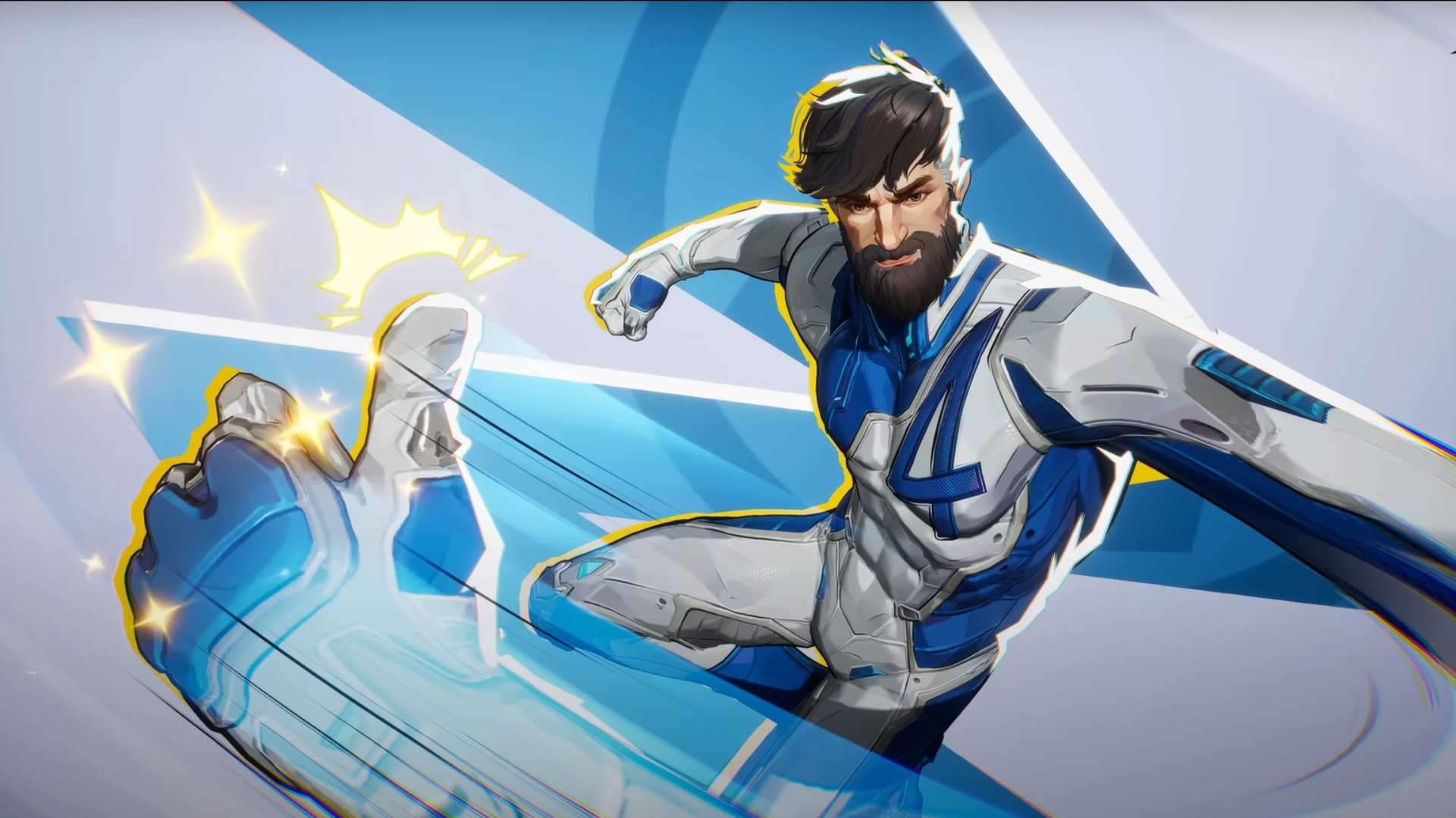
Marvel Rivals shows 'hero shooter fatigue' was never real
It's not a shock that a NetEase-developed hero shooter propped up by globally popular superheroes is off to a strong start, but Marvel Rivals' breakout performance is nonetheless significant. It's the first shooter of its kind in years to explode in this way and showing all the signs of a game with years of staying power—launching with a huge roster of 33 heroes that millions of players are still busy figuring out, and with the entire Fantastic 4 soon to join.
All of this fervor for a hero shooter, a subgenre that we've been told for years nobody wants anymore. I guess the "hero shooter fatigue" talk heaped at Overwatch 2 and "confirmed" by Concord was always as overblown as it sounded. Maybe the perception of the genre's dwindling relevance has more to do with Blizzard's handling of Overwatch or Concord's not being very good than the viability of hero shooters.

2024 was a big year for third-person shooters
Two major hits of 2024—Helldivers 2 and Marvel Rivals—are third-person shooters. When's the last time that happened? Too small a sample to declare a trend (and we did have one FPS breakout in Delta Force), but it's a good reminder that a new generation of 15-to-25-year-old shooter fans who grew up with Fortnite or PUBG might spur a third-person wave.
Selfishly, I hope it doesn't. First-person almost always makes for better shooting than third-person, though Helldivers 2 sprinkled in some ADS precision weapons, showing you can have it both ways. Crucially, Helldivers also avoids the stiff "swiveling robot" problem of most third-person shooters by detaching the camera from the character when you're not aiming.
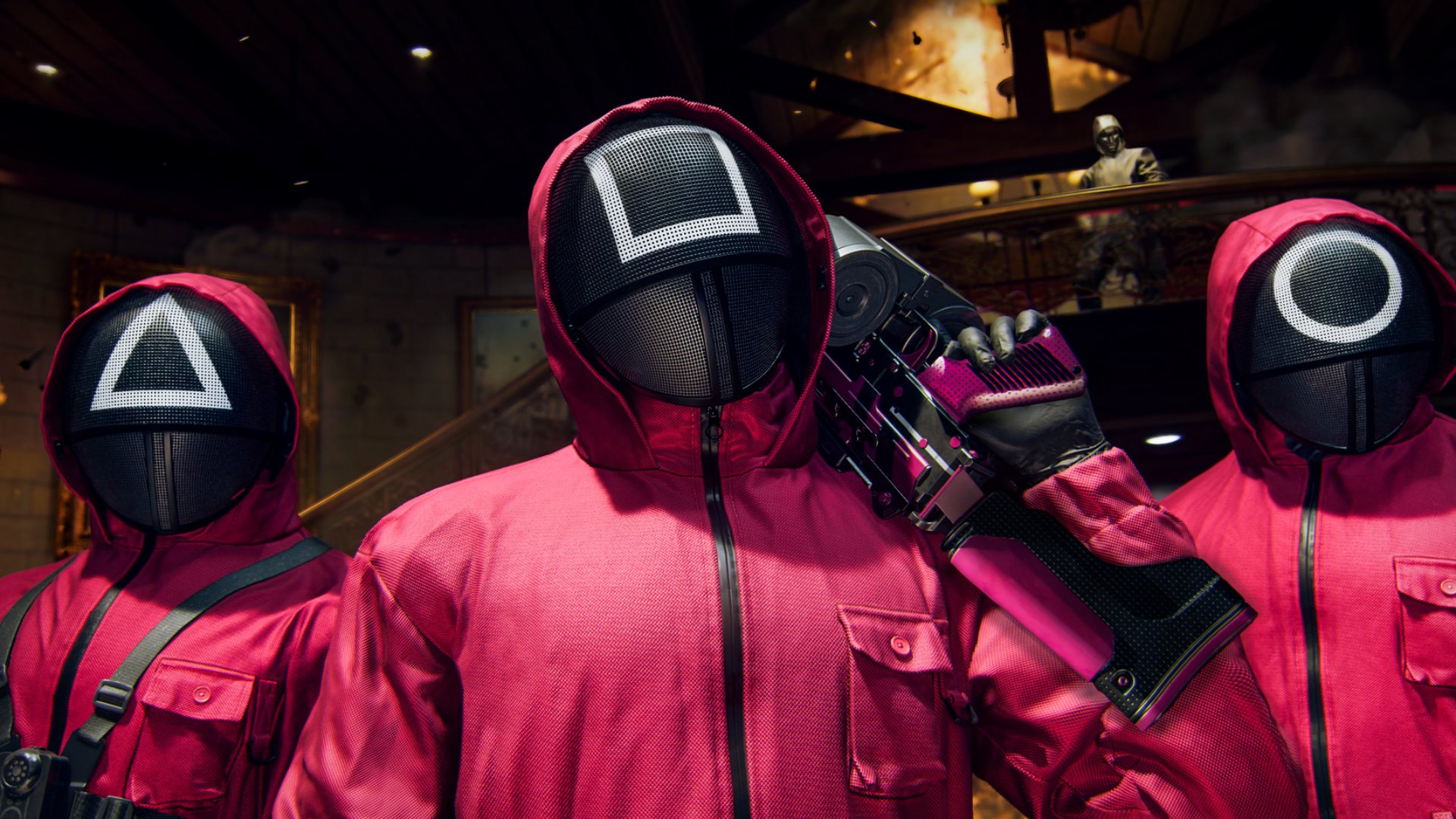
Crossovers are everywhere, and they're driving prices up
When Hunt: Showdown, an extraction shooter that prides itself on its strong grimdark wild west setting, is releasing a Ghost Face bundle and designing an entire event around Post Malone, I know we've entered the age of the crossover. Just in the last couple years we've seen:
- Overwatch 2 go full anime with My Hero Academia, Cowboy Bebop, and One Punch Man events
- Rainbow Six Siege spawn some truly horrendous Rick and Morty skins, as well as Nier and Yakuza for some reason
- Call of Duty become a revolving door of '80s action franchises, monster movies, and whatever streaming show is popular at the moment
- Destiny 2 do a whole Dungeons and Dragons thing
- Helldivers 2 dip its toes into Sony crossovers with a Killzone warbond
- Hunt: Showdown drop a '90s horror icon into the wild west, as well as Post Malone
The Fortnite playbook is now the only playbook. While it's increasingly impossible to predict what pieces of pop culture will show up next in our favorite shooters—I like to imagine there's an annual IP auction where videogame execs bid on the rights to popstars, old movies, and Amazon Prime Originals—we're seeing a solidified strategy in how these specialized cosmetics are sold.
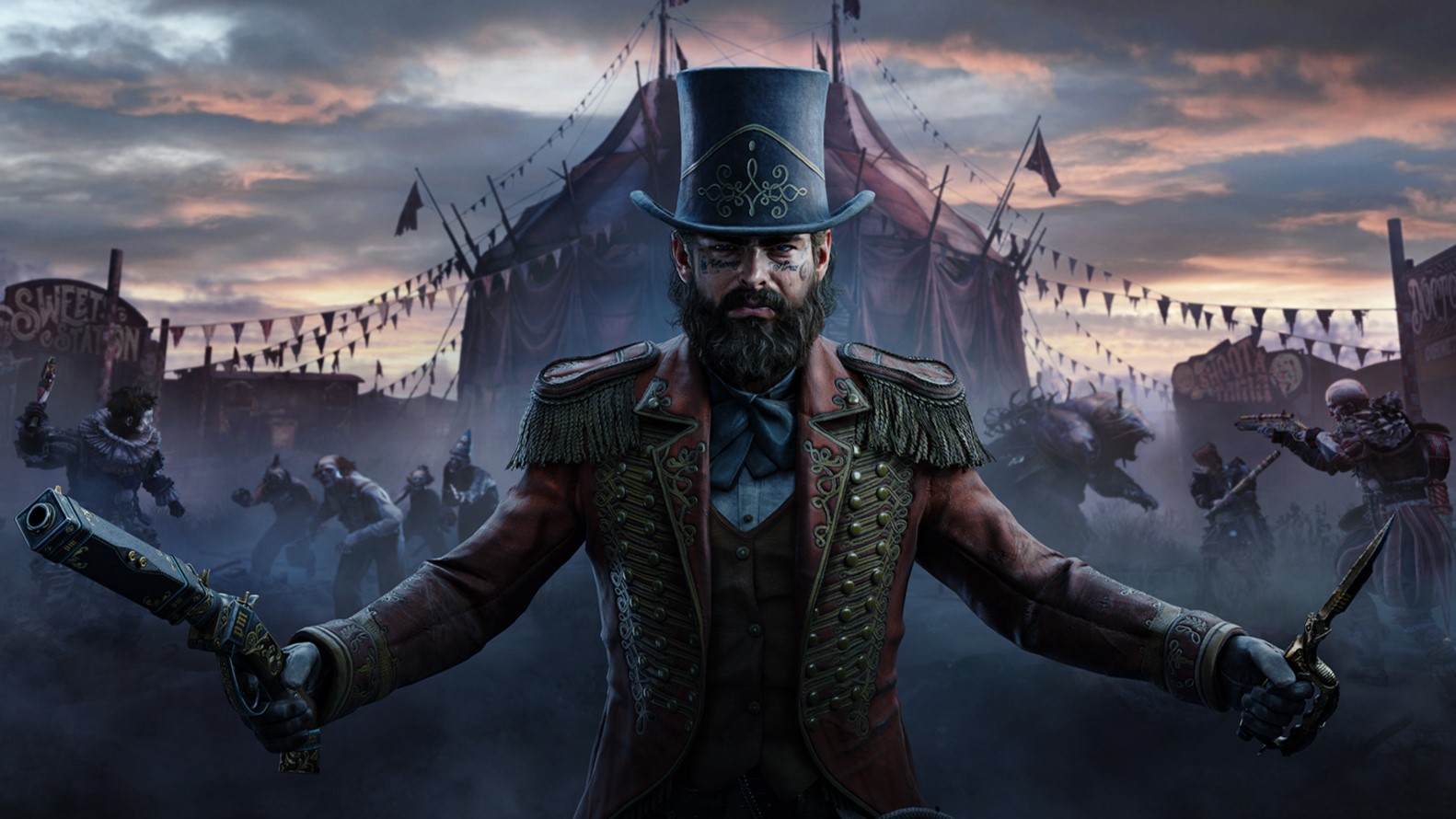
Crossovers are usually presented as side events or limited-time "drops," separate from the standard seasonal battle pass or any other typical progression path. They have a special highlight on the store tab, might include details that go beyond the usual, or coincide with a limited-time mode. Setting aside concerns about incongruent crossovers making shooters uglier over time, it'd be easier to get on board with crossover bundles if they didn't also normalize charging a 2X-3X premium over a normal bundle. Developers with "economy" in their job title might attempt to justify bloated prices by explaining their revenue has to be shared with the IP holder, but we can be honest here: They're overpriced because they can be. Studios tested the waters of asking for more money for a similar product and the waters said "Sure."
In most cases, anyway. It was a real vibe killer when Helldivers 2 surprise dropped that neat Killzone stuff only for players to discover it cost almost double a usual warbond—the feedback was so bad that Arrowhead apologized and gave away the second half of the crossover for free 24 hours later.
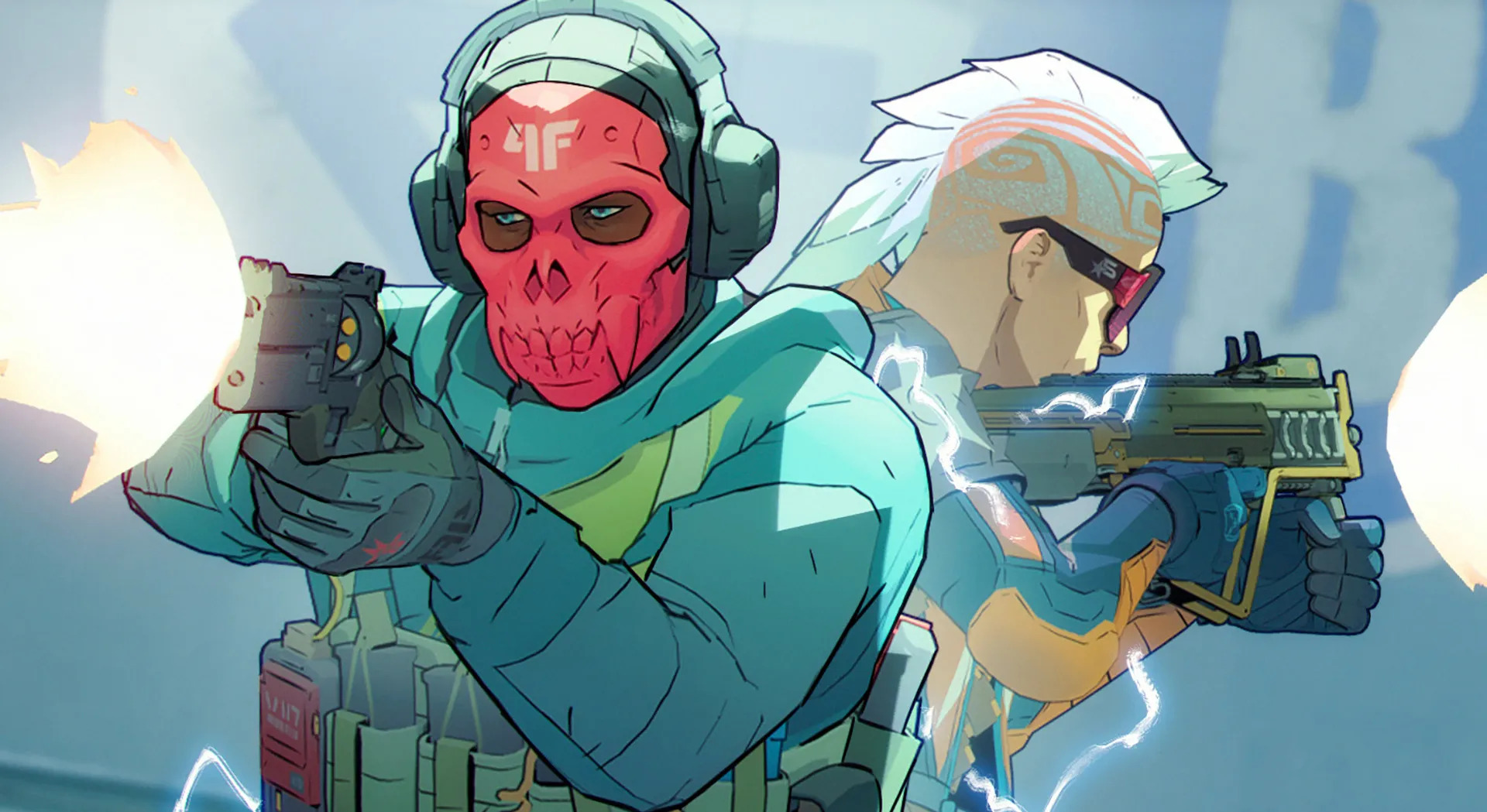
New 'sweaty' shooters aren't very popular…
This year I watched two strong competitive FPSes come out and almost immediately drop off a cliff. The first was The Finals, which after getting a lot of attention during its beta, is now just barely hanging on in Steam's most-played charts. Second was the accessible Counter-Strike-like Spectre Divide, which earned even less attention despite being the product of hardcore FPS player Shroud, who worked closely with and was an investor in the studio. I hate to see it, especially because The Finals is doing cool stuff with physics, destruction, and weapon choice that we've never seen in a multiplayer context, and Spectre's bizarre "two bodies" concept totally works.
We could spend all day diagnosing why folks aren't showing up, but my working theory is broad: PC gamers aren't looking for another "sweaty" shooter in their lives right now. Both The Finals and Spectre are tight, 3-player games that rely on communication and punish death by making you wait. I had a real "it's not you, it's me" moment with Spectre Divide after getting repeatedly demolished and spending most of the match spectating other people. I'm just not in the mood for a shooter that demands obsession to enjoy.
The outlier here is Deadlock, a Dota-adjacent shooter with fancy movement tech and some frankly insane character designs, but also doesn't ask you to tap heads in the way that conventional, sweaty FPSes do. Deadlock spiked in popularity in September when Valve reluctantly made its beta semi-open to the public, but has waned from that peak since despite many updates. It'll be interesting to see if Valve can migrate a substantial portion of Dota 2 and other players to Deadlock when it formally releases.
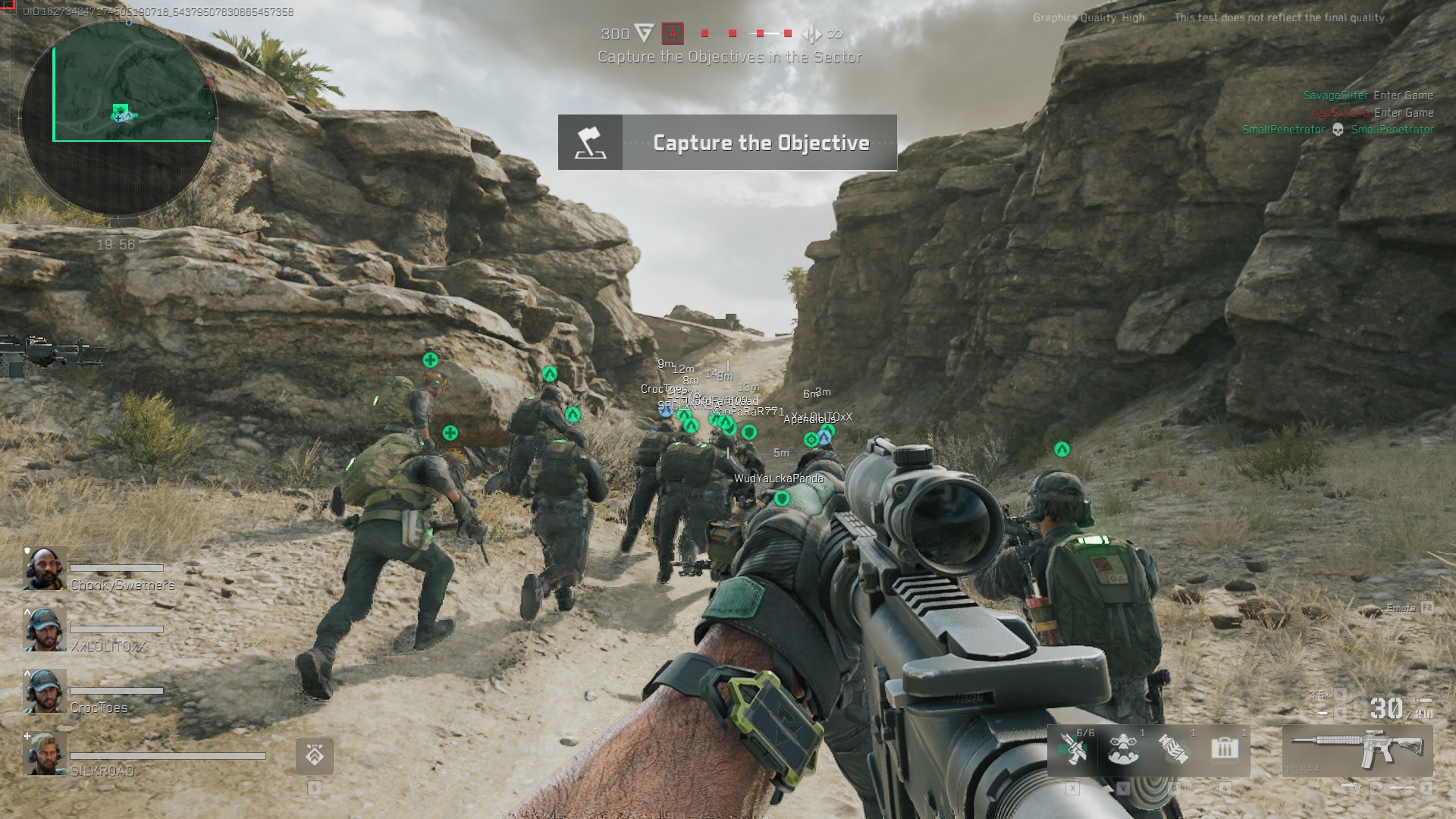
…But there's a renewed hunger for casual fun
I don't think it's a coincidence that Marvel Rivals and Delta Force are both instantly successful and fairly casual. Delta Force's primary mode is the sort of large-scale social shooter fare that's hard to find outside the Battlefield games it imitates—big maps, squad respawns, multi-flag capture. You can turn up the tension by jumping into the Tarkov-like extraction mode, but even that's more chill than its competitors.
Delta Force is best played while shooting the shit with your friends, and I'd argue Marvel Rivals shares that trait. Sure, it has a ranked mode and relies on teamwork just like Overwatch, but its heroes are so much more powerful on average, and winning doesn't demand the same level of coordination. That could change as soon as this week's season 1 patch, but for now, Rivals is benefitting from not being so concerned with balance—it's hard to take the game seriously, so it's easier to find the low-stakes fun.
That also mirrors the kinds of shooters I've gravitated toward lately. I played a lot of Big Team Battle in various Halo games last year, jumped back into Battlefield 2042 (which sold somewhere in the top 50-to-100 games on Steam in 2024, incredibly, according to Valve's ambiguous sales chart), and even stuck with Call of Duty longer than usual. Low stakes, constant respawns, a steady personal progression—maybe it's just a phase, but I'm glad the social shooter is showing signs of life.
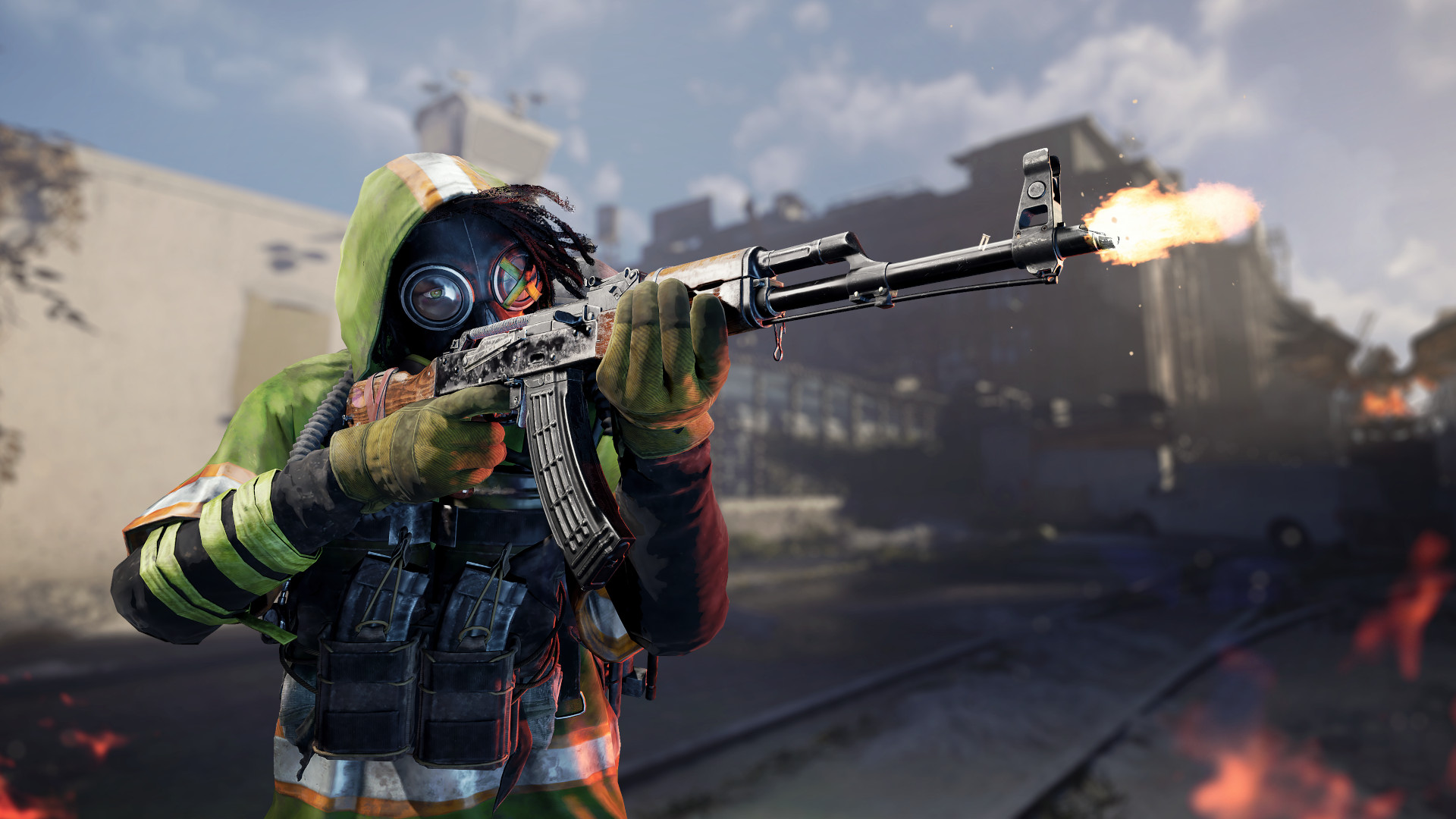
XDefiant and Concord are two reasons why 'good' is not enough
I can't sing about the virtues of casual shooters, respawns, and social play without talking about two times that approach failed recently. I had high hopes for Concord's casual arena shooter modes, cool guns, and weird characters after the beta, but none of the pieces snapped together. It was OK, and I appreciated it was a $40 FPS with no microtransactions, but its only progression at launch was a bunch of cosmetics that were probably part of a battle pass at some point anyway. It just had no hook.
XDefiant is a sadder story. Ubisoft put together a good Call of Duty alternative that was free, simple, and fun. It had a decent enough audience that it was never hard to find a match, but this time, good wasn't good enough. The only identifiable lesson I take away from both games is that you can't build a big-budget shooter expecting to peel away a huge audience from other big-budget shooters.
source https://www.pcgamer.com/games/fps/competitive-shooters-are-at-a-crucial-crossroads-in-2025-sweaty-teamplay-vs-casual-fun/
- Solicitați un link
- X
- Alte aplicații
Comentarii
Trimiteți un comentariu